Would Princess Diana still be alive if she had moved to America?
Had she not died 25 years ago this month, Diana might have forged a path that her second son and his family would eventually follow by moving permanently to the US, Andrew Buncombe writes

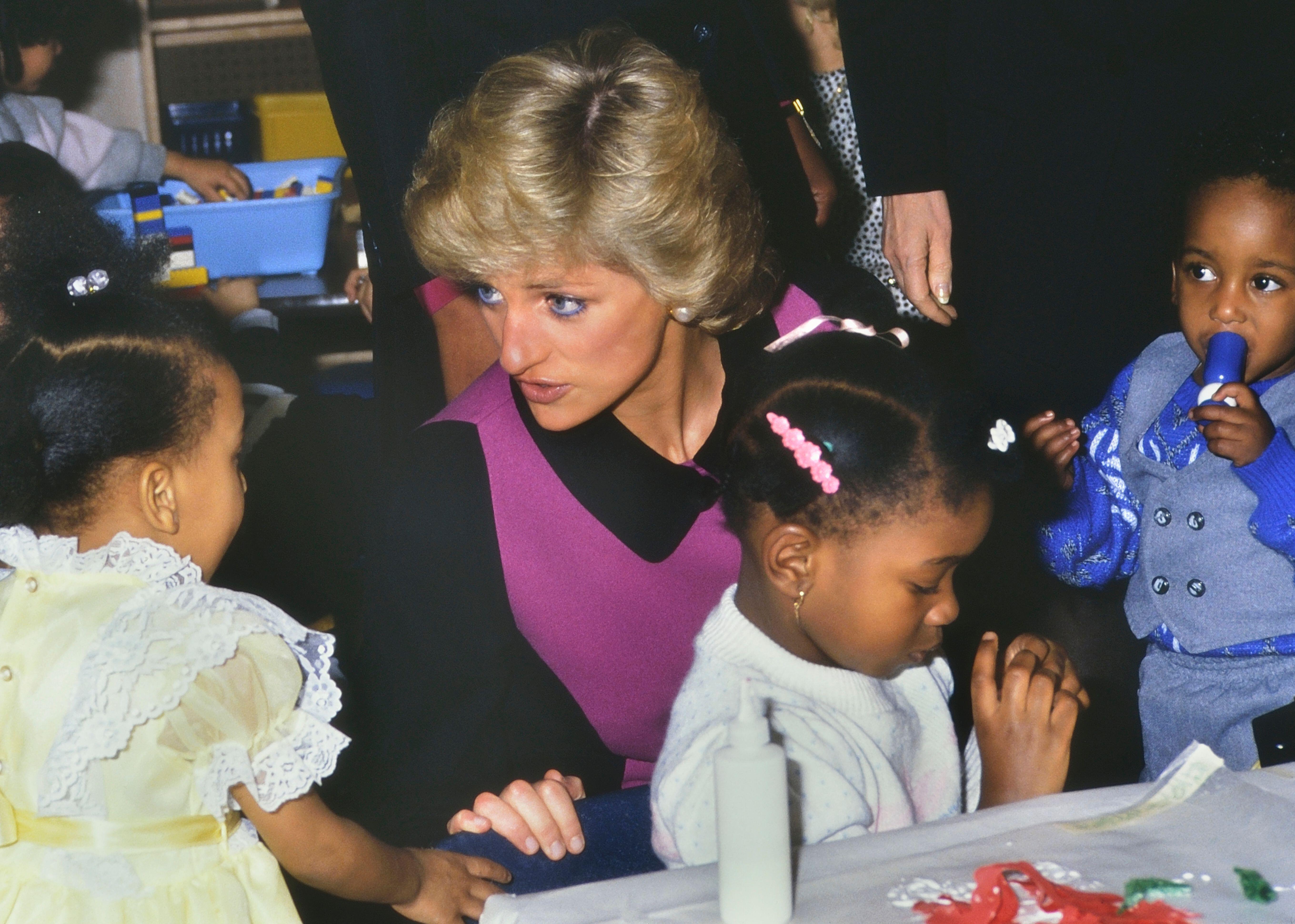
Karen Brooks Hopkins was there when Princess Diana dazzled New York City.
In February 1989 – by then her marriage to Prince Charles irrevocably damaged – she flew to the United States for what would be her first solo trip, ostensibly to promote British industries.
She attended an event organised by Dawson International, a Scotland-based clothing firm, visited a famous store at the Rockefeller Plaza, and secured international headlines when she visited a centre for poor families on the Lower East Side, and a hospital in Harlem where she hugged a child who had Aids.
Yet, perhaps the most singular, flashbulb moment occurred when she attended a touring production of Falstaff, by the Welsh National Opera, at the Brooklyn Academy of Music (BAM).
Amid a sea of well-tailored black outfits, recalls Hopkins, then the BAM’s president and chief fund-raiser, the British princess shimmered in a white gown.
“There was a gasp” she tells The Independent. Even Donald Trump was impressed.
As the 25th anniversary of her death in a Paris car crash approaches next week, Hopkins and others recall the princess’s New York visit as the moment she stepped onto the world stage, without her husband, and in what would soon be seen as a moment of independence from – if not stark defiance to – the royal family.
Three years later, the couple would separate, Diana later telling an interviewer that there were “three of us in this marriage”, a reference to Camilla Parker Bowles, Charles’s former girlfriend with whom he was having an affair. (In truth, there were four in the marriage, given Diana was herself seeing Captain James Hewitt.)
The breakneck-paced, three-day visit, for which she flew on Concorde, has received fresh attention given that it features in season four of The Crown. It has also relit speculation as to her purported desire to relocate to the United States with her sons, cast off the royal family’s grasp, and try and reduce exposure to the paparazzi.
Such a course of action would, of course, later be followed by her youngest son, Harry, and his wife, Meghan Markle, who have sought to establish a life away from an institution allegedly beset by cruelty and heartlessness, finding sympathetic ears in the likes of Oprah Winfrey.
“Actually they’re following in Princess Diana's footsteps,” the princess’s one-time butler, Paul Burrell, told CBS News two years ago, when Harry and Meghan left Britain and moved, first to Canada, and then California.
“I remember she set out in her sitting room, the plans of a home in Malibu, California, the former home of Julie Andrews, and she said to me ‘I'm buying this house and buying this house to give William and Harry a new perspective on life’.”
He said he believed Diana would have approved of the decision, though sad to see her sons have fallen out.
“She would embrace Megan and Harry and tell them ‘Do your thing. Do what makes you happy’.”
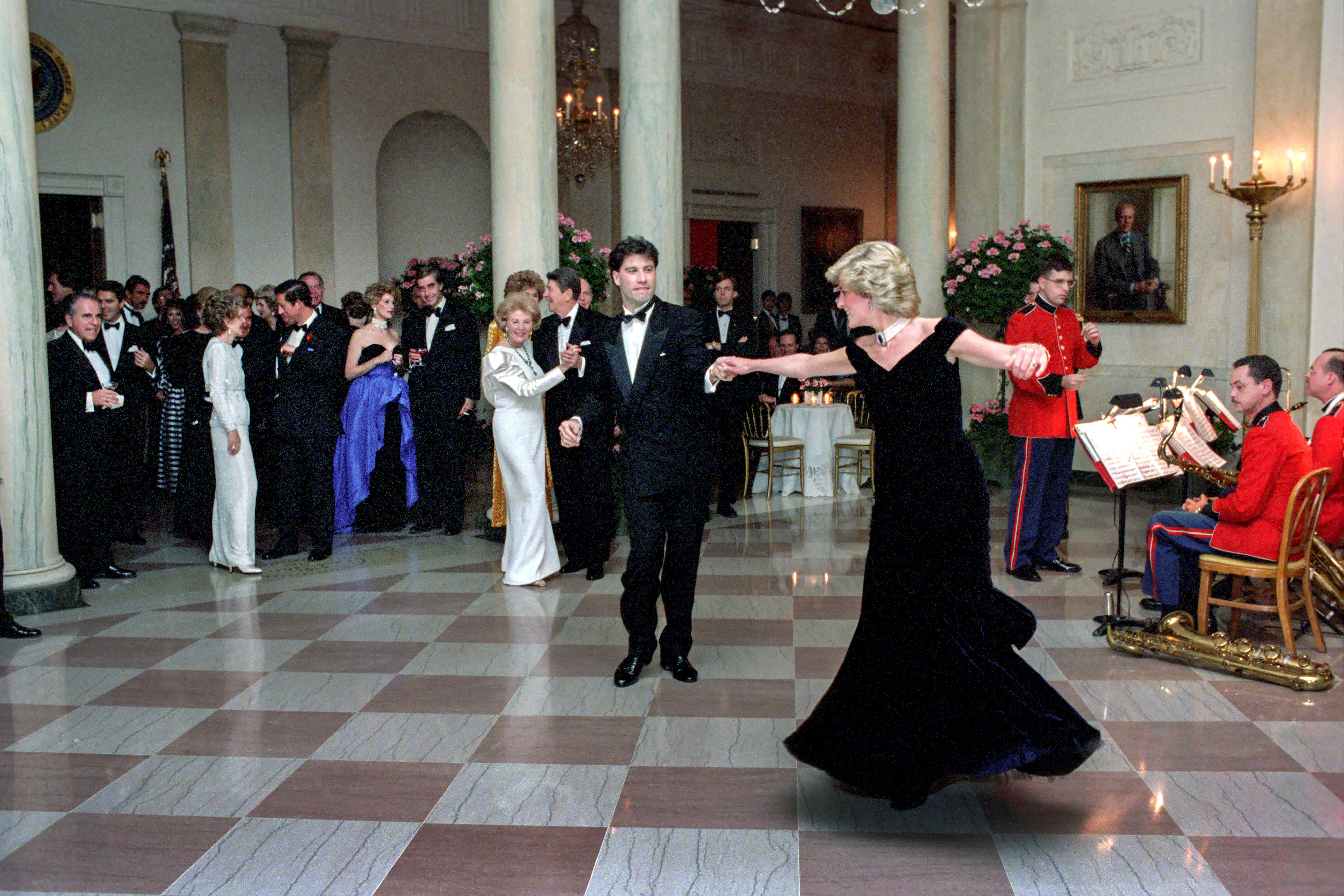
As it was, that property, a Tuscan-style villa in the Paradise Cove area of Malibu once lived in by Andrews and her husband, Blake Edwards, was bought in June 1997 by Diana’s boyfriend, Dodi Al-Fayed, for $7.5m. The property, set on a five-acre estate, was where they reportedly planned to base themselves after they married.
That summer, after newspapers published an image of Diana and Dodi kissing on a yacht in San Tropez, American model Kelly Fisher, then 30, would sue Fayed, alleging he had already proposed to her, sobbing at a press conference organised by celebrity attorney Gloria Allred.
“No one’s daughter deserves to be treated as my daughter was,” said Fisher’s mother, Judith Dunaway.
Whatever plans Diana and Fayed may have had for that home, they were all dashed in an instant.
In the early hours of Aug 31 1997, the pair were fatally injured when a Mercedes S Class, being driven recklessly fast by Fayed’s chauffeur, crashed in the Pont de l'Alma tunnel in Paris. Fayed and his driver, Henri Paul, were declared dead at the scene, while bodyguard Trevor Rees-Jones was injured but survived. Diana was taken to hospital and died several hours afterwards. She was 36.
The death of Princess Diana marked the start of an astonishing week of public mourning in Britain, and around the world, as well as open accusations leveled at the palace of cruelty.
In a eulogy dlivered at her funeral service at Westminster Abbey, and widely seen as a barbed assault on the palace, her brother Earl Charles Spencer promised to protect her sons, then aged 12 and 15, from the strictures of royalty, and vowed “we, your blood family, will do all we can to continue the imaginative way in which you were steering these two exceptional young men so that their souls are not simply immersed by duty and tradition but can sing openly as you planned”. When he spoke, his words shared to the huge crowds outside by loudspeaker, there was loud clapping.
Spencer also confirmed Diana had been considering moving from Britain.
“There is no doubt that she was looking for a new direction in her life at this time. She talked endlessly of getting away from England, mainly because of the treatment that she received at the hands of the newspapers,” he said.
“I don't think she ever understood why her genuinely good intentions were sneered at by the media, why there appeared to be a permanent quest on their behalf to bring her down. It is baffling.”
One author who got to know Diana and considered her “a cosy, fun friend” was restaurateur Alex Hitz.
He met Diana in Britain, and in New York, and was part of a circle that included the late designer and socialite Marguerite Littman. After the palace announced in 1992 Diana and Charles were separating, she visited more frequently, staying at such iconic hotels such as the Carlyle.
“She was really lovely. She was beloved in America and America loved her,” says Hitz, founder of the food product line The Beverly Hills Kitchen.
He says she never talked to him about moving to the United States, but she was planing an extended trip at the time of her death.
“She wanted to come back and go all around America,” he says.
“It would have been fun to imagine her living in America. She was beloved here and vice versa.”
Town & Country reported that one of Diana’s greatest fundraising efforts was organised by Littman and others, when she donated 79 of her dresses to be auctioned by Christie’s to raise money for the Royal Marsden Hospital Cancer Fund and the AIDS Crisis Trust, which Littman had founded. The sale raised $3.25m.
Diana did not attend the event herself. By then she was living in Kensington Palace, having separated from Charles. However, the New York Times report of the auction underscored how she wanted to be part of it.
“'She wants a fax so that the butler can bring it with the breakfast tray,” the paper quoted Meredith Etherington-Smith, creative director for Christie's International, as saying.
Among the dresses sold off that night for good causes was a Victor Edelstein, off-the-shoulder, midnight blue velvet evening gown, that she wore when she danced with John Travolta at the White House in November 1985.
She and Prince Charles were the guests of Ronald Reagan, and it was another evening when she “wowed” Americans.
“All the guests I spoke to about that night sensed they were participating in an iconic moment,” Tina Brown, one of the princess’s many biographers, wrote of the episode in The Diana Chronicles.
“Washington was and is dowdy town, a centre of politics but not of fashion.”
She added: “Diana’s combination of beauty, refinement, and youth made her exactly the corrective that the Reagans needed.”
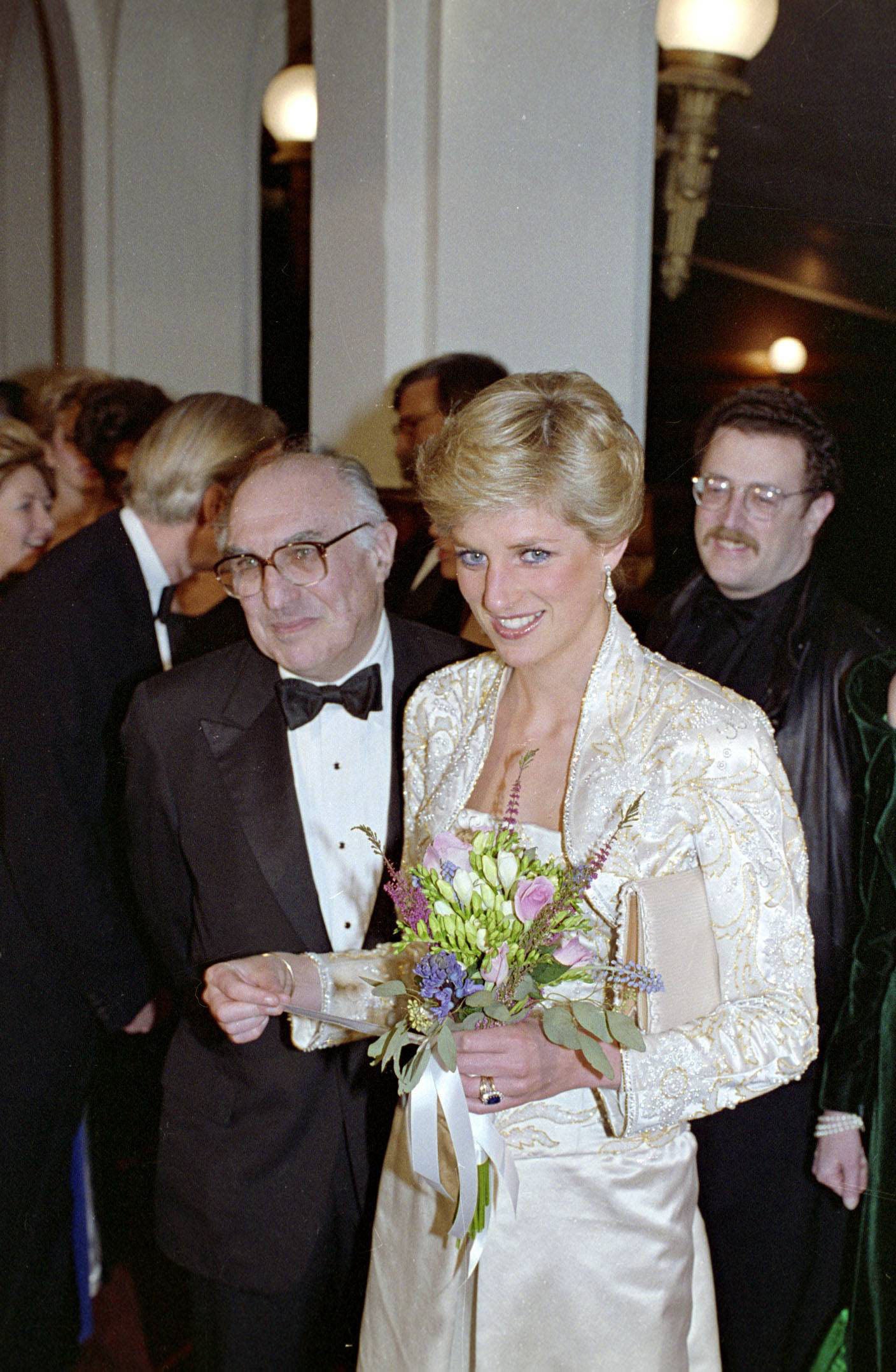
While Diana clearly understood her power in front of a lens, and may have been lured by the idea of the glamour of Hollywood, such feelings were apparently reciprocated.
Burrell tells a story of the day she was phoned by Kevin Costner, apparently trying to interest her in a remake of The Bodyguard.
“He rang up and said, ‘How would you like to be in my next film?' She was rolling on the floor giggling, ‘Sorry, I can't act’,” Burrell told ABC News in 2003. “He said, ‘Don't worry, I'll teach you’.”
Costner later confirmed he had called her and made the offer. The draft of the script – which Costner says he obtained the day before her death – apparently included a nude scene.
“The studio liked the idea of doing a Bodyguard 2,” Costner told People TV in 2012, saying Diana would play the same role as performed by Whitney Houston in the original.
“I just remember her being incredibly sweet on the phone, and she asked the question, she goes, ‘Are we going to have like a kissing scene?’ She said it in a very respectful way.”
He added: “She was nervous because her life was very governed. And I said, ‘Yeah, there’s going to be a little bit of that, but we can make that okay too’.”
There were other indications, in the months before her death, that Diana wanted to do something beyond the confines of the palace.
In January 1997, she travelled to Angola and walked through a field of landmines, supporting efforts by British Red Cross and the mines NGO the Halo Trust, seeking a global ban on the devices. It was later revealed the trip angered the British government, as its position on the weapons was different to Diana’s.
Writing in the New Yorker after Diana’s death, Tina Brown recalled a lunch she attended in New York with Diana at the Four Seasons restaurant, where she said she wanted to be sent on “missions”. Brown asked her what she meant.
“I’d really, really like to go to China,” [Diana] says. “I’m very good at sorting people’s heads out.”
But a permanent life in America?
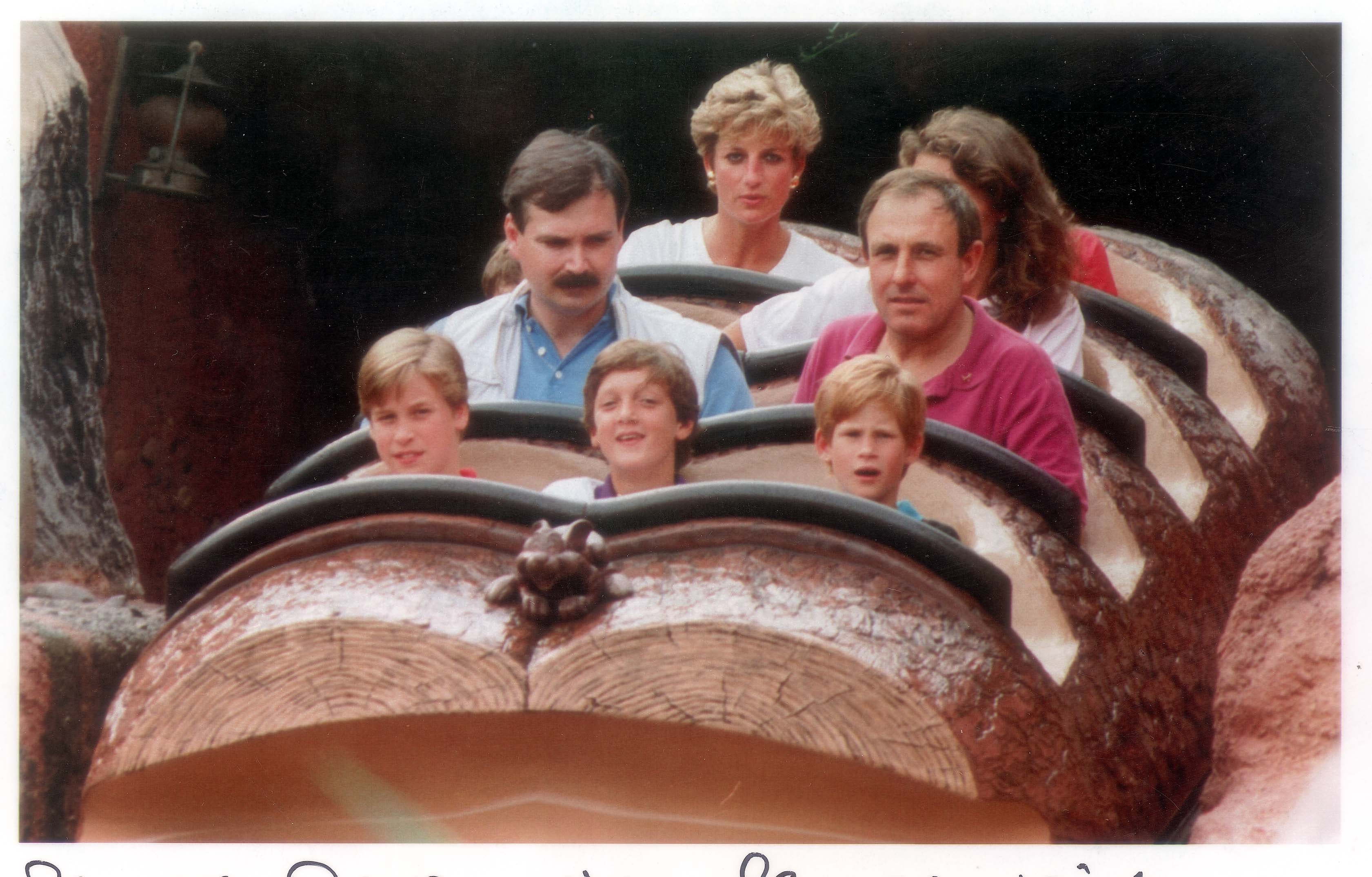
Royal historian Robert Hardman says there was no doubt Diana had a love affair with the United States, and that many in the country were similarly smitten by her. After her death, a memorial issue featuring the late princess by Newsweek would be one of its biggest seller since the Second World War.
“She loved going to the States. I remember the year before she died, she had been on a huge fundraiser in Chicago, and just sort of took the city by storm,” says Hardman, whose books include Queen of the World, and Queen of Our Times: The Life of Elizabeth II.
Whether she would have moved to the United States on a full time basis is unclear, he says.
He says Diana was still trying to figure out what she wanted to do with her life at a critical juncture, and knew she had to put her children first.
And she, like Prince Harry, had found navigating a path outside of Buckingham Palace was not a simple process.
“For entirely different reasons, I think Harry’s discovered, and what Diana was discovering is you're kind of you're either royal or you’re not. It’s very hard to establish a half-way modus vivendi.”
Hardman says a move to the US was always being talked up in the press. Similarly, while Fayed’s family has claimed the two were set to marry, other friends of the princess say she had no such plan.
“Anybody who says, ‘This is what Diana would have done. I don't think anybody [knows],” he says.
Karen Brooks Hopkins, the BMA official who now serves as its president emerita, says she also would not claim to know what Diana was seeking in her life.
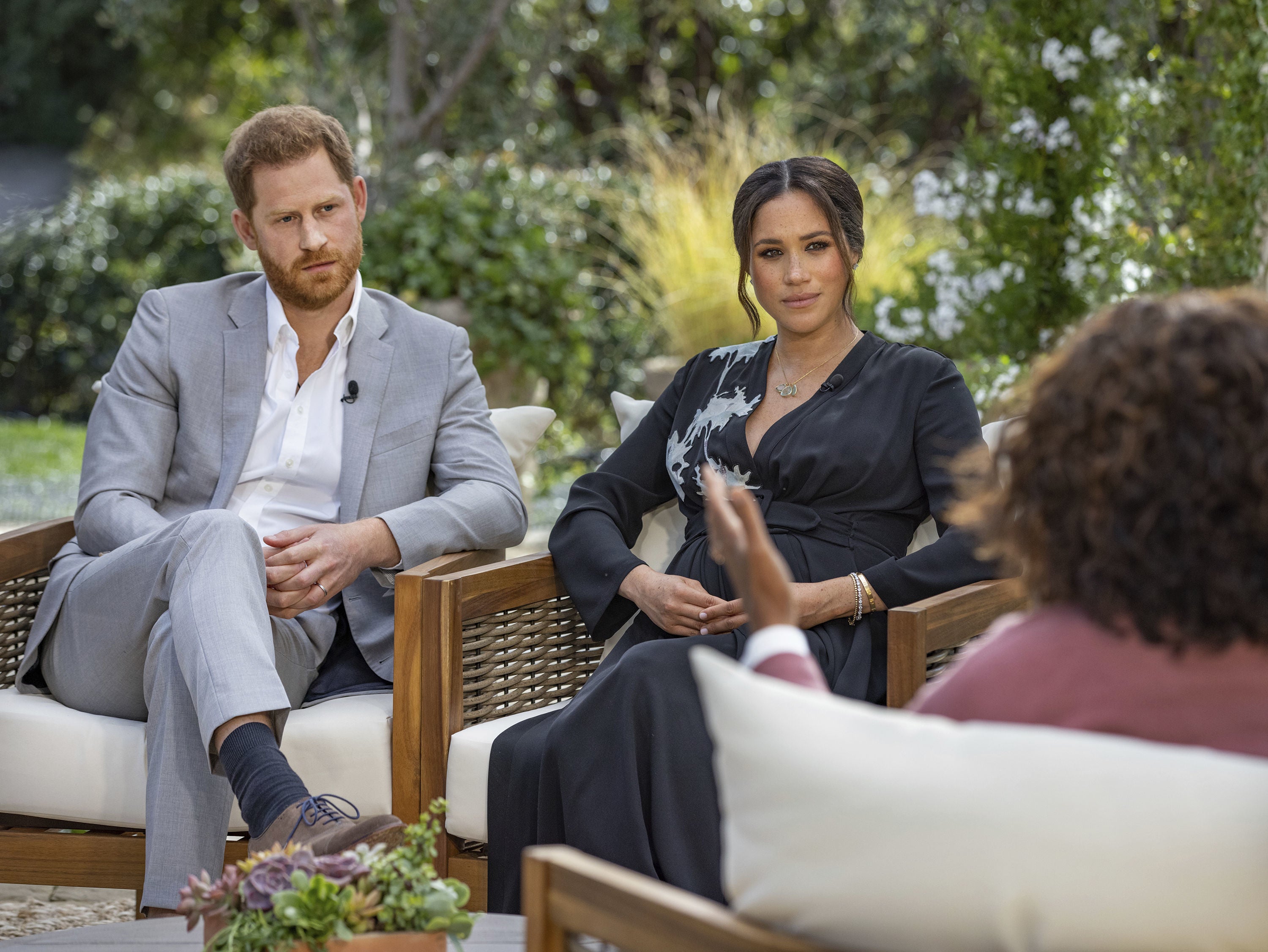
At that high-profile event in Brooklyn, followed by a 1,000-head dinner at the World Financial Center's Winter Garden, she introduced high-profile luminaries to the royal guest of honour. She says she was struck by Diana’s easy charm.
It was clear to Hopkins that Diana liked big occasions and a sense of drama.
It was also apparent she was trying to find her way.
Would she have found peace in America?
“It's very hard to tell because obviously, there was so much pressure and attention,” she says. “The whole demise of her marriage was such a sad and and huge story. I don't know whether someone like that ever really escapes the limelight in a way that brings them peace.”
She adds: “But I do think that she would have been a great New Yorker.”
Not the West coast?
She adds: “New Yorkers love to go out. New Yorkers love to be involved in culture and go to restaurants and have interesting conversations and engage with each other.”
Join our commenting forum
Join thought-provoking conversations, follow other Independent readers and see their replies
3Comments